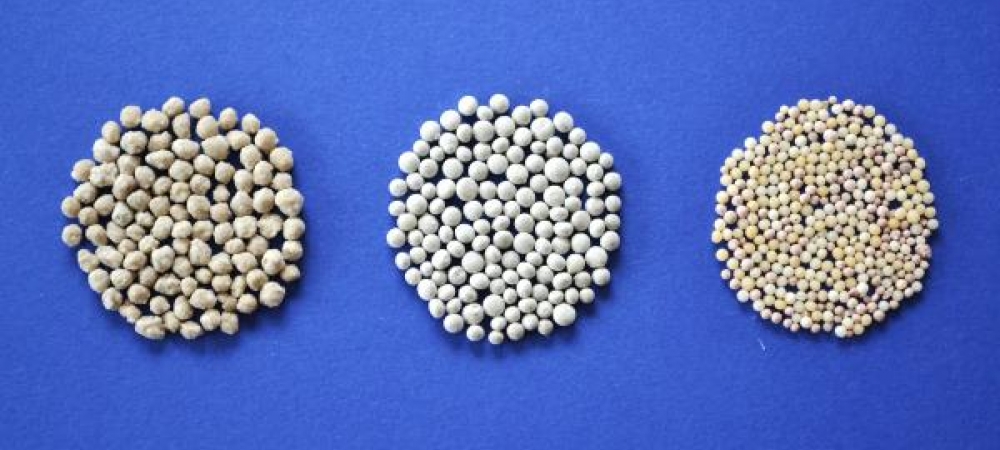


In a typical fluid bed granulation plant, the production discharges from the granulator between 90 and 100 ºC1. The preferred storage temperature is generally about 40ºC to avoid caking (there is some variation in this temperature depending on the geographic location of the plant and the preferences of the process licensor or owner.)
Fertilizers are hygroscopic. When moisture transfers from the product to the air in the space between the granules, the humidity of the air will increase. This can cause condensation on the surface of the cold heat exchanger plates. Condensation on the plates will quickly lead to caking in the unit. The Solex fertilizer cooling unit is designed for long term, reliable operation without the need for regular cleaning. To achieve this, the mechanism of condensation and product caking must be prevented. To prevent condensation the dewpoint of the air in the void space of the cooler needs to be lower than the temperature of the plate exchanger.
In addition, Solex cooling fertilizer technology uses 90% less energy than the fluid bed cooler


